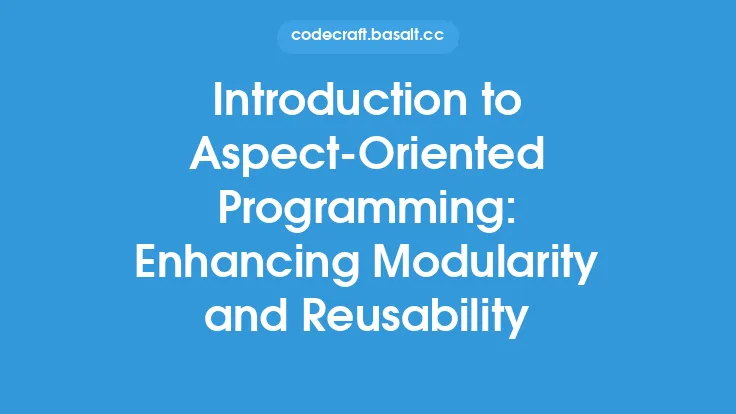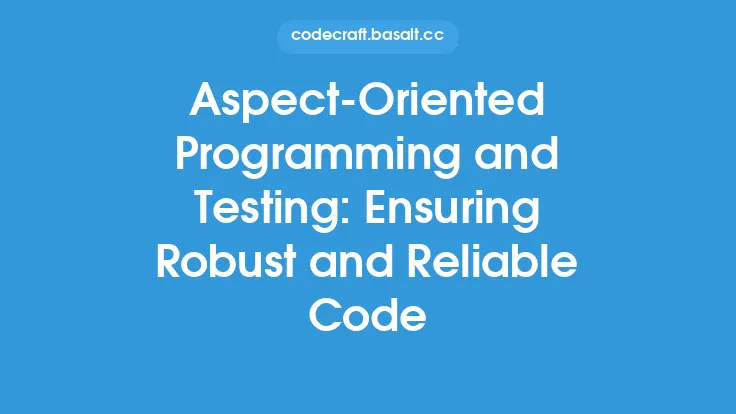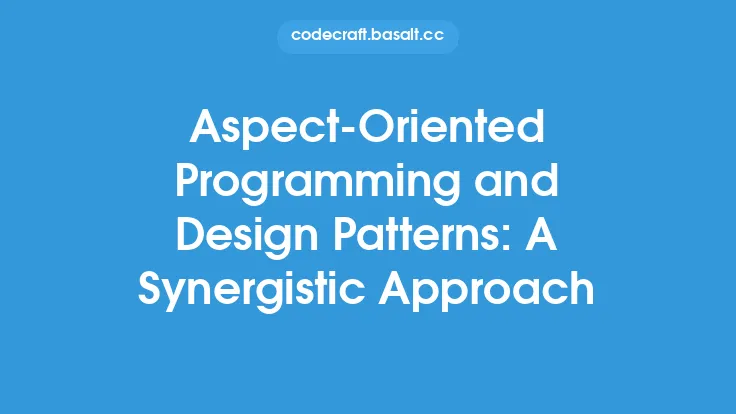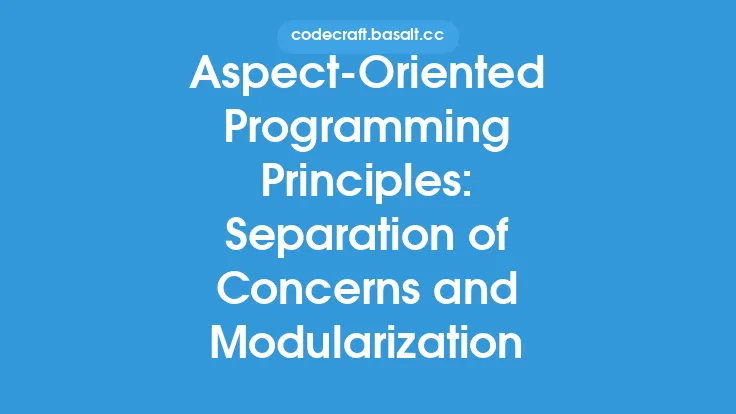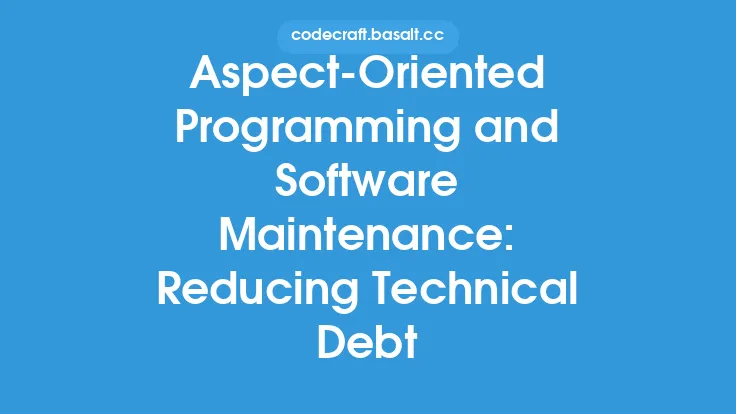Aspect-oriented programming (AOP) is a programming paradigm that focuses on separating cross-cutting concerns, which are aspects of a program that affect multiple parts of the codebase. AOP frameworks and libraries provide developers with the tools to implement aspects in their code, allowing for more modular, reusable, and maintainable software. With numerous AOP frameworks and libraries available, choosing the right one can be a daunting task. In this article, we will delve into the world of AOP frameworks and libraries, comparing their features, strengths, and weaknesses to help developers make informed decisions.
Introduction to AOP Frameworks and Libraries
AOP frameworks and libraries provide a way to implement aspects in a programming language. They offer a set of tools and APIs that enable developers to define, compose, and weave aspects into their code. The primary goal of AOP frameworks and libraries is to provide a modular and reusable way to implement cross-cutting concerns, such as logging, security, and caching. Some popular AOP frameworks and libraries include AspectJ, Spring AOP, and JBoss AOP.
AspectJ: The Pioneer of AOP Frameworks
AspectJ is a pioneering AOP framework that provides a comprehensive set of tools for implementing aspects in Java. It is widely considered the most mature and feature-rich AOP framework available. AspectJ provides a robust set of APIs for defining aspects, including support for pointcuts, advice, and introductions. It also offers a powerful weaving mechanism that allows aspects to be composed and woven into the code at compile-time or runtime. AspectJ is widely used in enterprise software development and is a popular choice among developers who require a high degree of control over their aspects.
Spring AOP: A Popular Choice for Java Developers
Spring AOP is a popular AOP framework that is part of the Spring Framework. It provides a simple and intuitive API for defining aspects, making it an attractive choice for Java developers. Spring AOP is built on top of AspectJ and provides a subset of its features. It is designed to be easy to use and provides a lot of built-in functionality, such as support for transaction management and security. Spring AOP is a good choice for developers who are already using the Spring Framework and want to add AOP capabilities to their applications.
JBoss AOP: A Robust Framework for Enterprise Software Development
JBoss AOP is a robust AOP framework that is part of the JBoss Application Server. It provides a comprehensive set of tools for implementing aspects, including support for pointcuts, advice, and introductions. JBoss AOP is designed to be highly scalable and performant, making it a popular choice for enterprise software development. It also provides a lot of built-in functionality, such as support for transaction management and security. JBoss AOP is a good choice for developers who require a high degree of control over their aspects and are building large-scale enterprise applications.
Comparison of AOP Frameworks and Libraries
When choosing an AOP framework or library, there are several factors to consider. These include the level of complexity, the ease of use, and the performance overhead. AspectJ is a powerful and feature-rich framework, but it can be complex to use and requires a significant amount of knowledge to master. Spring AOP is easier to use, but it provides a subset of the features available in AspectJ. JBoss AOP is a robust framework that provides a lot of built-in functionality, but it can be heavy-weight and may require a significant amount of configuration.
Key Features to Consider
When evaluating AOP frameworks and libraries, there are several key features to consider. These include:
- Pointcut expression language: A pointcut expression language is used to define the points in the code where aspects should be applied. AspectJ provides a powerful pointcut expression language that allows developers to define complex pointcuts.
- Advice: Advice is the code that is executed when an aspect is applied. AspectJ provides support for several types of advice, including before, after, and around advice.
- Introductions: Introductions are used to add new methods or fields to a class. AspectJ provides support for introductions, which can be used to add new functionality to a class.
- Weaving: Weaving is the process of composing and applying aspects to the code. AspectJ provides a powerful weaving mechanism that allows aspects to be woven into the code at compile-time or runtime.
- Performance overhead: The performance overhead of an AOP framework or library is an important consideration. AspectJ and JBoss AOP are designed to be highly performant, while Spring AOP may introduce a slight performance overhead.
Conclusion
In conclusion, choosing the right AOP framework or library depends on the specific needs of the project. AspectJ is a powerful and feature-rich framework that provides a high degree of control over aspects, but it can be complex to use. Spring AOP is easier to use, but it provides a subset of the features available in AspectJ. JBoss AOP is a robust framework that provides a lot of built-in functionality, but it can be heavy-weight and may require a significant amount of configuration. By considering the key features and trade-offs of each framework and library, developers can make informed decisions and choose the best AOP framework or library for their needs.
